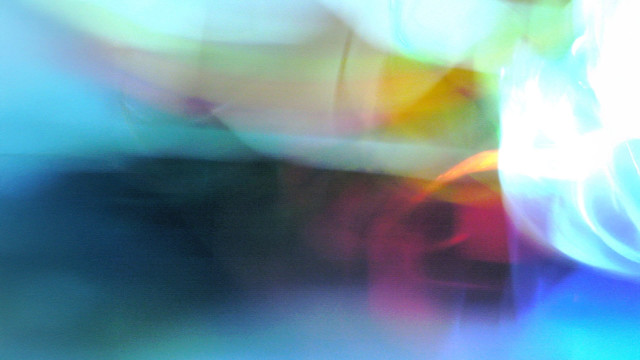How to Let Go Of Old Stories

Mary Stancavage has lived many lives: a childhood fraught with fear and instability, a collegiate career marked by alcohol abuse, a role as an archaeologist in Syria, and decades in a Fortune 100 company, to name just a few.
Now a dharma teacher, she imparts the Buddha's teachings to help people deal with whatever life throws their way. Here, Stancavage talks about being comfortable with unpleasant experiences, the benefits of Buddhism, and learning to show up for life daily.
Q: How did you become introduced to meditation?
A: I had heard about meditation all my life but never knew much about it. Many years ago, I started trying to meditate on my own by reading books or going to a class here or there. Nothing ever stuck with me until about 16 years ago when I found a teacher and learned some solid techniques.
Q: How did you find your meditation style, and why does it work so well for you?
A: The teacher was trained in Buddhist meditation, commonly known as mindfulness meditation. I appreciate this practice because I can do it anywhere, anytime. If I find myself getting anxious or agitated, I remember to come back to my breath and ground in the moment. It allows me to be more present and less reactive to the things going on in my life.
Q: What's your top tip for a beginning meditator?
A: I tell everyone new to meditation, "you can't do it wrong." The mind will wander, and it's going to be hard to stay focused on the breath, but that's because the reason has a mind of its own, not because you're making a mistake.
Mindfulness meditation is not about shutting the mind off but about developing a different relationship with it so you can be at ease even if there is a lot of chatter and distraction.
Q: What are your favorite topics to focus on in your classes?
A: I love talking about how mindfulness meditation practice can help us in all areas of our lives and about how practical it is. I enjoy talking about how we can recognize those old habits of thinking that may not do us any good and how to let them go and allow in more joy.
How to be comfortable with unpleasant experiences, how to cultivate kindness and compassion for ourselves and others, and how to live with an undefended heart are some more of my favorite topics.
Q: What are the most significant benefits you've received from meditating?
A: The ability to be comfortable in my skin and to show up for my life daily. I spent so much time worrying about the future, rehashing the past, and ruminating on regret and indecision that I was missing out on the present. Letting go of old stories, criticism, and judgment has allowed me to live more fully and authentically.
Try this free mini class, Let Lingering Work Thoughts Go, by meditation teacher Jay Vidyarthi, to practice how to let go of repetitive thoughts and exist in the present moment.
Header photo: altmodern/E+/Getty Images









